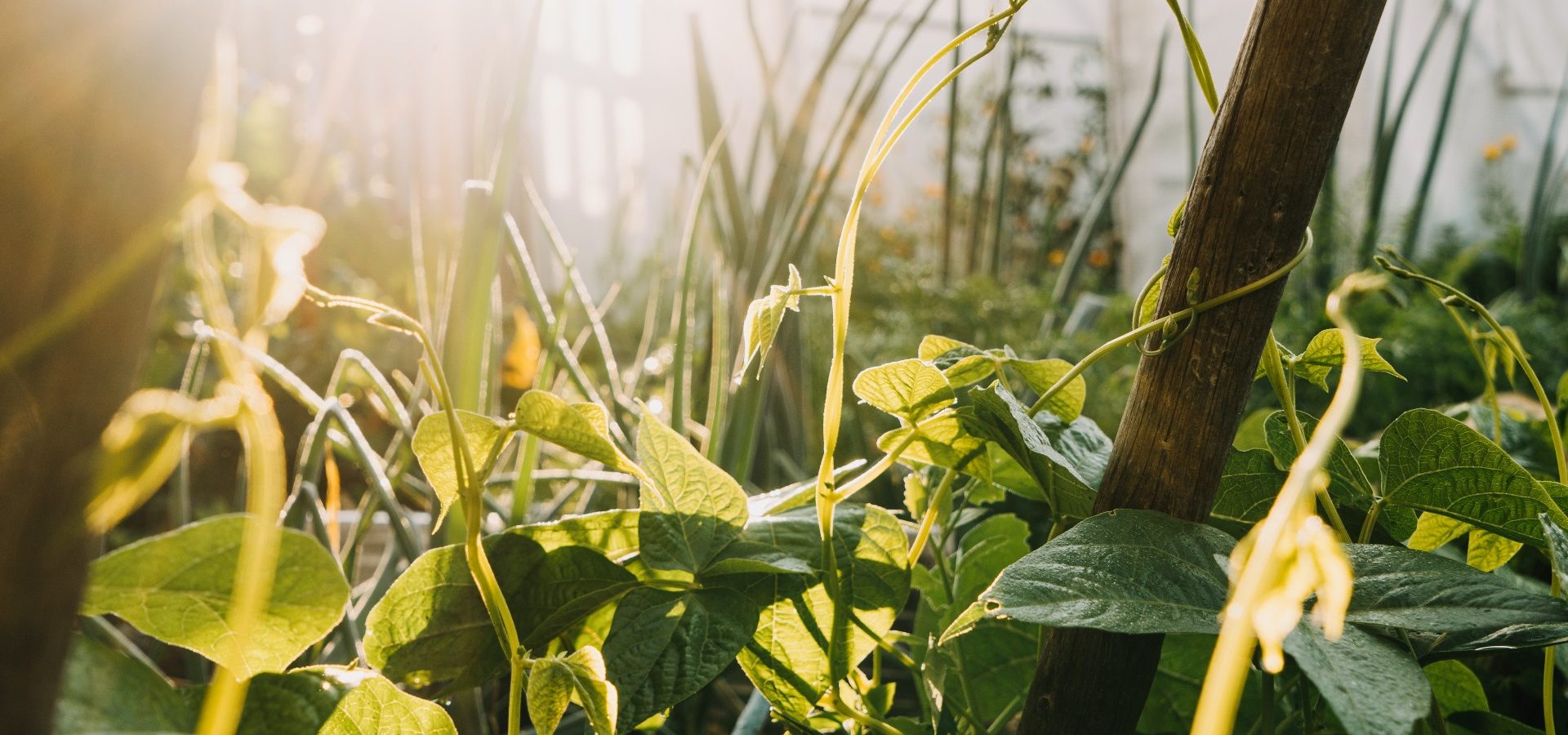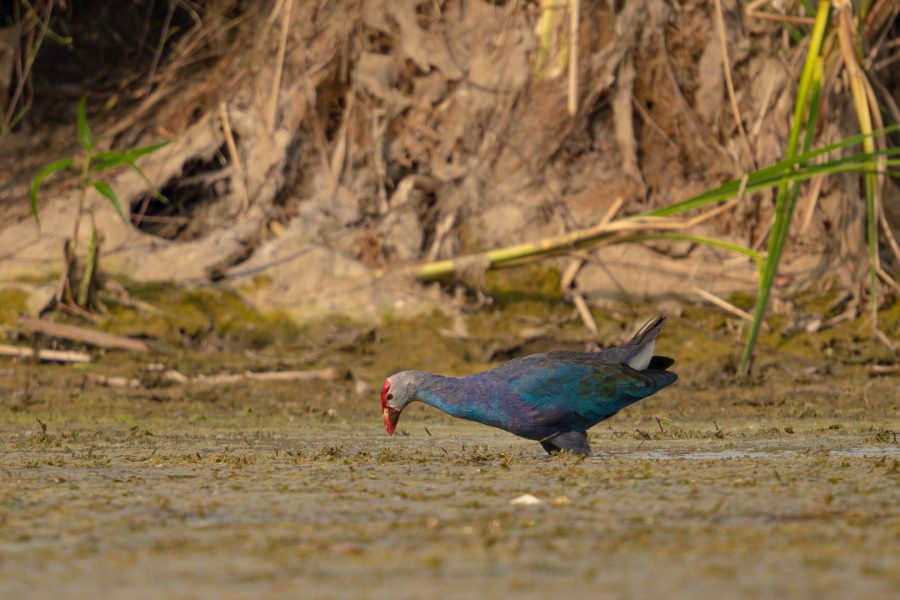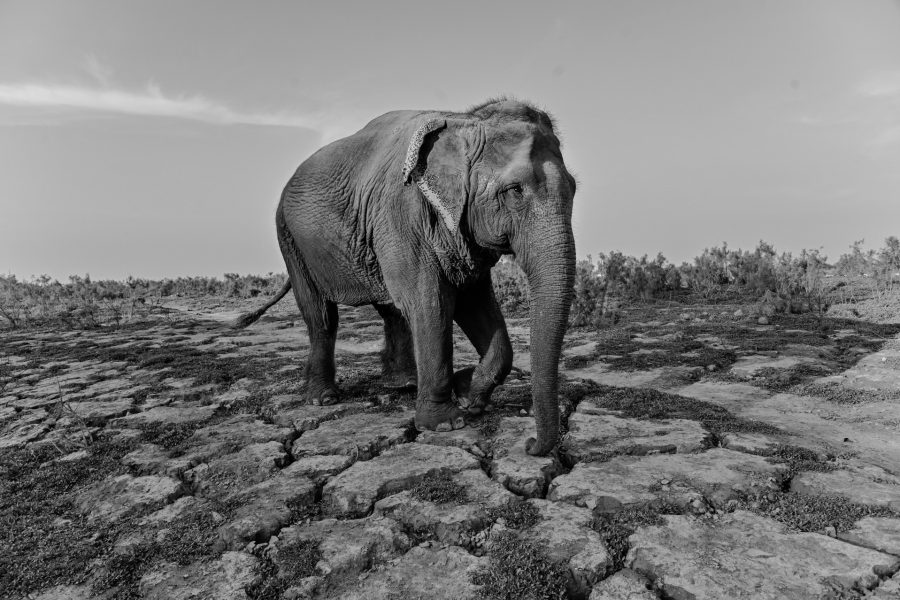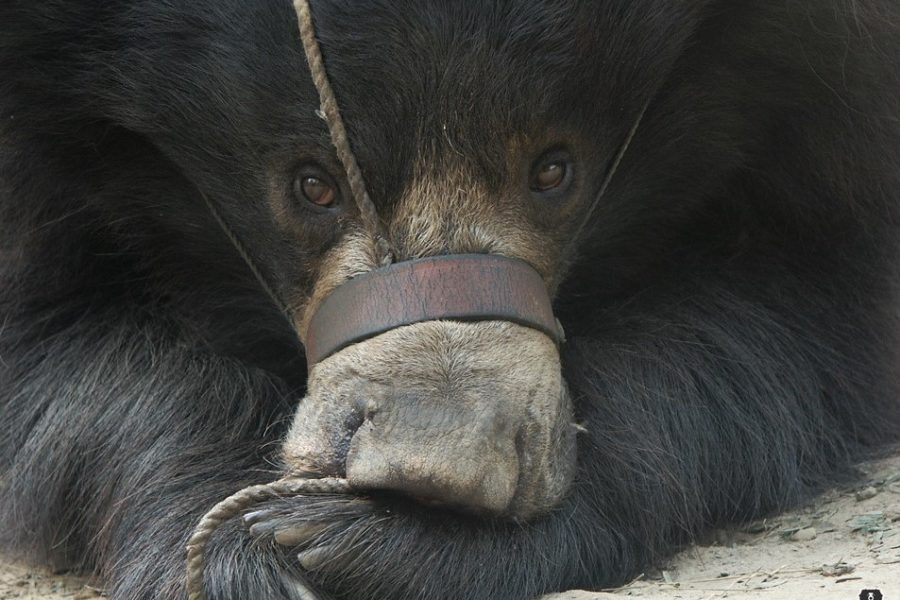Permaculture (or permanent agriculture) refers to a food forest. It mimics the functions of a thriving forest in order to create a holistic, self-sufficient farmland. This system brings plants, animals and farmlands together in coexistence. Permaculture makes use of traditional farming, along with an intimate knowledge of the region’s biodiversity to create a sustainable ecosystem.
Permaculture has been influenced by the work of Japanese farmer Masanobu Fukuoka. He believed in “Do-Nothing Farming”, which means natural farming. He discouraged the ploughing or tilling of soil and also the usage of fertilisers or weedicides. However, Fukuoka’s natural farming methods cannot be replicated on each farm, because by not using chemical fertilisers, the yield is bound to decline. To increase the farm’s productivity, it is essential to look at the natural environment surrounding the farm, and then deduce what is required for the farm to flourish. This can help develop a mighty plan that can make farms healthy enough to not require the slightest need of chemicals.
Growing diverse crops together on the same field is one of the major elements that defines permaculture. Crops growing together are more resilient to droughts, pests and natural disasters and act as a security blanket against crop failure. Within this practice, farmers can grow several support crops that enrich the main food crop. Support crops not only fix the supply of vital nitrogen to the main food crop, they can also be used to create mulch for the soil (we’ll come to this soon).
![Permaculture is a food forest that creates a self-sustaining ecosystem. [Photo (c) Pixabay]](https://wildlifesos.org/wp-content/uploads/2022/08/permaculture-gd13cba11c_1920.jpg)
Tilling and ploughing are common agricultural practices wherein the soil is consistently turned over. By doing so, each layer of the soil gets exposed to the sun, and leads to soil dehydration. Soil comprises various bacteria, fungi and worms that are essential to its health, and these perish in dry soil. This gives the weeds a leeway to spread over the top most layer of the soil. Their rapid growth depletes the soil’s quality and potential. How can we ensure that these weeds do not grow, but the life within the soil does? This is where mulching comes in. Mulching is a process that ensures the topsoil is always covered to keep the soil moist all the way through. It also controls the growth of weeds. Mulch, therefore, fulfils the dual purpose of keeping the weeds away as well as providing nutrients to the soil.
But what exactly is mulch? Mulch is a mixture made up of plant residue like old leaves, small pieces of wood, and manure. This mixture is used to cover the topsoil. Within a thriving permaculture farm, one need not venture out to procure these ingredients, as all of it can be found within the farm itself. The branches and leaves from the tall trees are used to make mulch.
Trees on farms can serve multiple purposes — not only can they provide mulch, but they can also act as a live fence around the farmlands. In India, farmers inherently follow this method, which is uncommon to farming practices globally. Trees are chosen wisely by farmers to protect the crop and provide ample biomass to the soil. The inclusion of natural biodiversity in order to sustain a farm is exactly what permaculture promotes. Furthermore, trees grown on permaculture farms accomplish the purpose of holding the topsoil layer together and preventing soil erosion. Nature, therefore, becomes an ally to farming.
Manure from animals living on permaculture farms become instant sources of nutrients for the soil. Nutrients strengthen the crops to keep off pests and toxicity. Planting trees of various sizes and purposes and retaining rainwater as a predominant resource increases the frequency of birds and other animals, thereby creating a balance in the ecosystem (just like a forest) on this farmland. A permaculture farm is self-sufficient, and does not require any chemicals for a good yield.
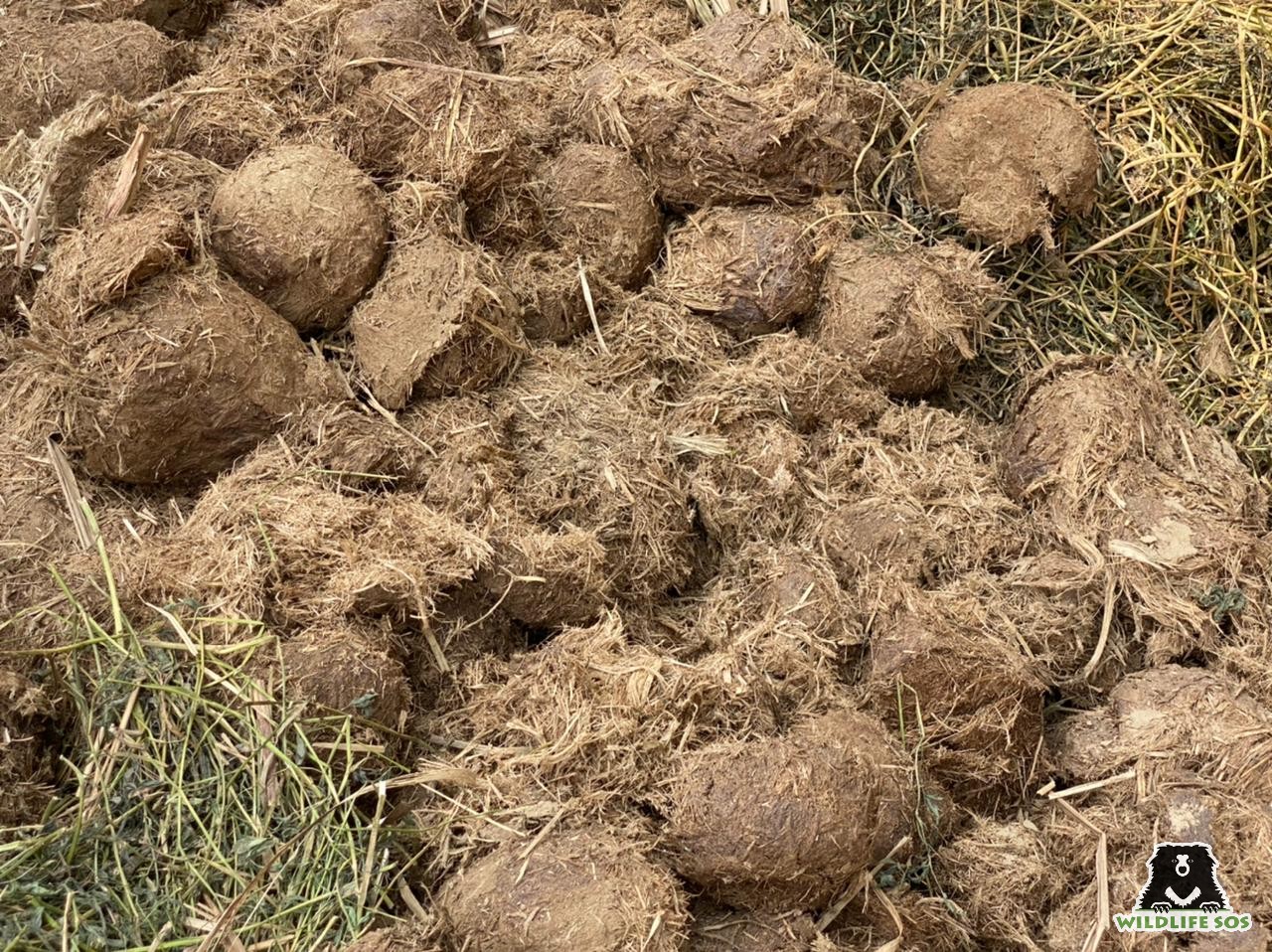
Most of us are well aware of the dangers of pesticides and how it contaminates the food we consume. Many wonder why pesticides are still in use despite the extensive research on its health implications. Pesticides, fertilisers and weedicides not only harm the environment but also drown farmers in debt. However, the matter of discontinuing the use of pesticides is not that simple. According to a study published in the International Journal of Environmental Research and Public Health, if no pesticides are used, it would lead to a 78% loss of fruit production, a 54% loss of vegetable production, and a 32% loss of cereal production.
Discontinuation of pesticides also is, unfortunately, a luxury that many farmers cannot afford, as the land they farm on has already been stripped bare of all its nutrients, and requires at least a few years to recover. During this time frame, farmers with small plots of land are unable to sustain their families. They cannot let the soil rest for even a single crop season. Most farmers in India are subsistence farmers who have to work hard to feed their families for the entire year, and barely have any surplus to sell and use for other investments.
India also finds itself amidst an agrarian crisis, with high rates of debt and suicide among farmers. As reported by P. Sainath, farmer suicide rates in India were 47 percent higher than that of the rest of the country’s population in 2011. With highly fragmented farmlands and a history of poorly implemented land ownership schemes since independence, it comes as no surprise that farmers cannot step back and allow the land to sit and regain its health.
An important aspect of permaculture is the community ownership of land. Community ownership is when the land belongs to an entire group, and not to one particular individual, to cultivate shared responsibility over land and its resources. In India, this is seen among tribal communities and religious groves of south India. Working as a community has helped various self-help groups of minorities, like women and dalits, to come together and work collectively so that they can have bargaining power against the majority. In the same way, this model can work to sustain farmers too. Rather than small, fragmented farms, community ownership of a large farm area can be one of the steps to consider to overcome the environmental and agrarian crisis.
Permaculture as a collective effort can help Indian farmers increase yield and assist their farms in withstanding natural disasters, and pests. After all, a larger ecosystem is more capable of enduring changes, so a larger permaculture forest would make for a stronger forest. In the face of the climate emergency, it is more and more important to focus on joint ownership of land and natural resources, rather than on private ownership that leads to exploitation of nature for economic benefits. This way, permaculture can become a way to bring people together and cultivate a sense of responsibility over natural biodiversity.
Permaculture is a human-made intervention that uses nature’s potential in the most resourceful, reciprocal and respectful way. This practice has seen the involvement of a lot of youth and urban folk towards organic methods of farming. If urban India invests in this form of agriculture, it can promote ethical interactions with nature. This farming philosophy can motivate people to defend their surroundings. With the help of permaculture, farmers can have the power to make collective and organic farming the solution to the agrarian crisis. This can also help combat the problem of pesticides, and can allow animals to find shelter and habitats in the face of declining forests.
Subscribe to our newsletter for interesting stories on nature and wildlife!

